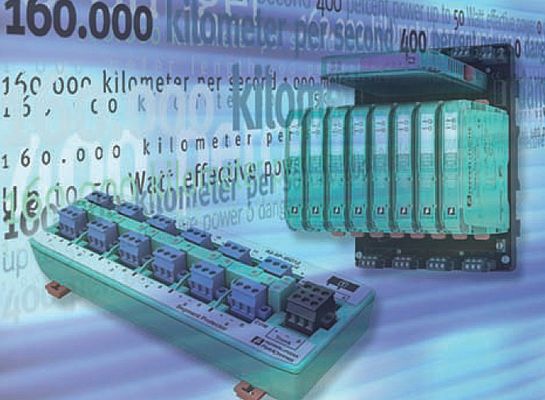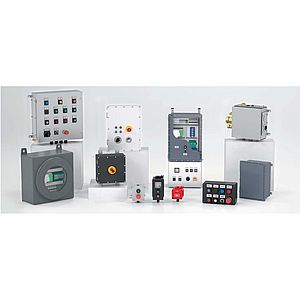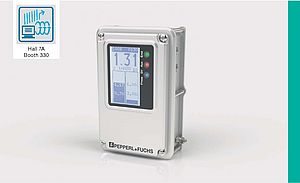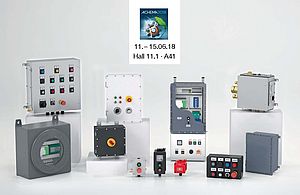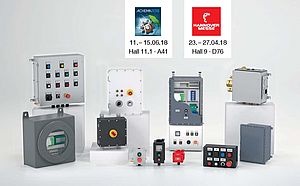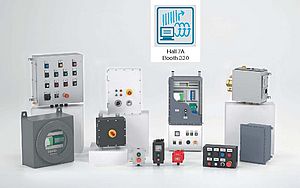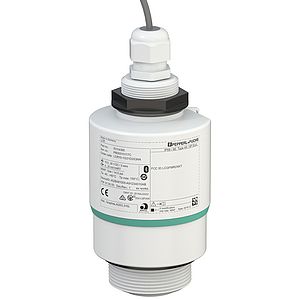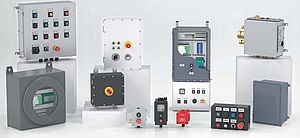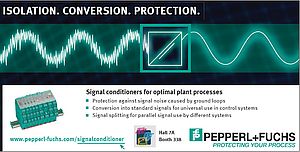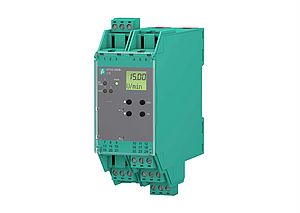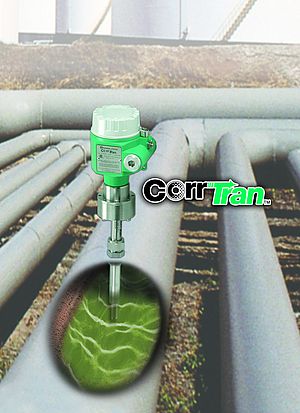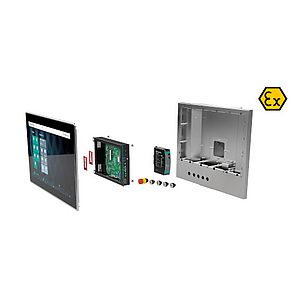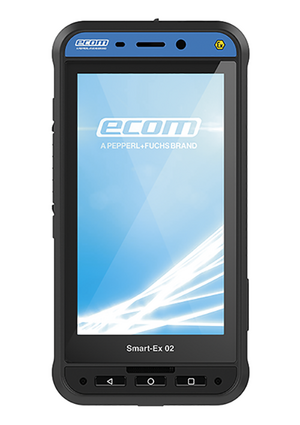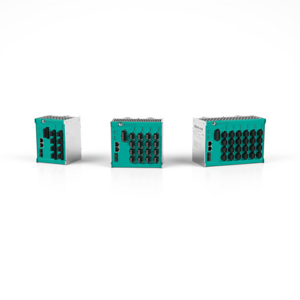Dynamic Arc Recognition and Termination (DART) is a new technology developed by Pepperl+Fuchs that has met widespread recognition within the process control scene. Recently, interested process control experts met at the Physikalisch Technische Bundesanstalt (PTB) in Braunschweig, Germany to discuss the technical details of the new approach to intrinsic safety and agree on coordinated efforts for its introduction to the global process market. One major factor along the way is the fact that procedures for IS certification for DART are available, but they still need to be proven for introduction into IEC standards. Present solutions for intrinsically safe electric circuits strictly limit the power available to operate field devices inside explosion hazardous areas in order to prevent sparks that are hot enough to trigger an ignition. DART follows a completely different approach and is defined as a “dynamically acting intrinsically safe circuit.” This technology detects the current and voltage development typical of the formation of a spark and switches off the power source within milliseconds. With DART, present power limitations are obsolete, and current flow is now possible above the levels defined in IEC 60079-11 within the ex zone. All other aspects defining intrinsic safety, such as utilization, redundancy and general fault considerations remain untouched. The participants of the PTB workshop agreed that DART is a viable technology for electric explosion protection in the future. That is why the issue at the workshop was not whether the development of this technology should continue to drive toward general market acceptance but rather, how to achieve this goal. At the center of discussions was a common and coordinated approach to turn DART into a breakthrough technology in the field of intrinsic safety and gain global acceptance from the process industry. However, reaching this goal still requires the clarification of certain details. One of them is how to achieve a standard-compatible proof of the effectiveness of DART. The PTB relies on financial backing from the industry, in order to introduce DART to the market. A number of leading companies in the field of automation technology have agreed to provide the needed funds for the PTB to continue with the project. In particular, this includes the definition of safety- related parameters, as well as interoperability issues. The PTB is working with a leading institution in the field of technical thermodynamics to complete the basic research still required to establish DART as an industry standard. This project requires simulation of the chemical processes triggered by a spark under special conditions. The results will enable specific conclusions to be formulated for the evaluation of dynamic electric circuits. Pepperl+Fuchs has applied for international patents for their DART technology under the description “electrical circuit with incentive arc prevention means” (WO 2006/003445). Using this technology, therefore, will require a license with both a one-time and an annual license fee. However, the company emphasizes that such costs will be required only until the technology has reached international standardization. As soon as this goal is achieved, the patent will be licensed free of charge to all interested companies. In other words, all switches are posed and there are no more obstacles preventing the introduction of DART as a future technology for explosion hazardous areas. That is why the participants of the PTB workshop are convinced that DART will be the enabling technology to pave the way for an intrinsically safe, Power-over-Ethernet concept. As far as ATEX certification is concerned, the PTB sees no basic problems, although the required documentation still needs to be completed. Since the required standard-compatible evaluation of DART is not possible until the research is complete, the next step will be the development of an IEC Technical Specification (TS). There are still quite a few steps on the way to IEC standardization. However, it is only a matter of time until this technology is part of the technical standard of the global process industry and opens completely new applications within the hazardous area.
Intrinsic Safety Solution up for Standardization
Dynamic Arc Recognition and Termination (DART) is considered to be an important innovation for intrinsic safety applications.
- by Pepperl + Fuchs SE
- May 19, 2009
- 325 views


